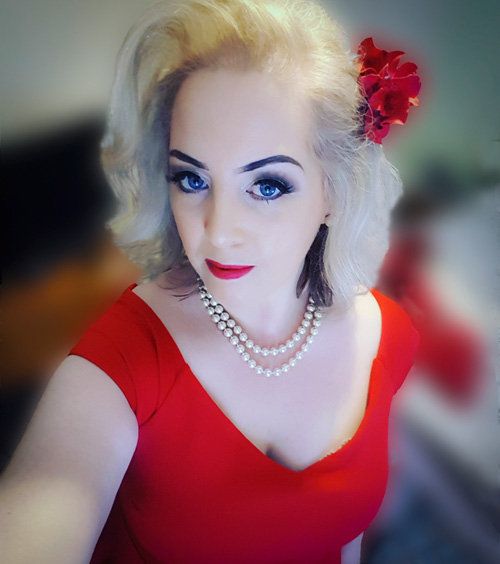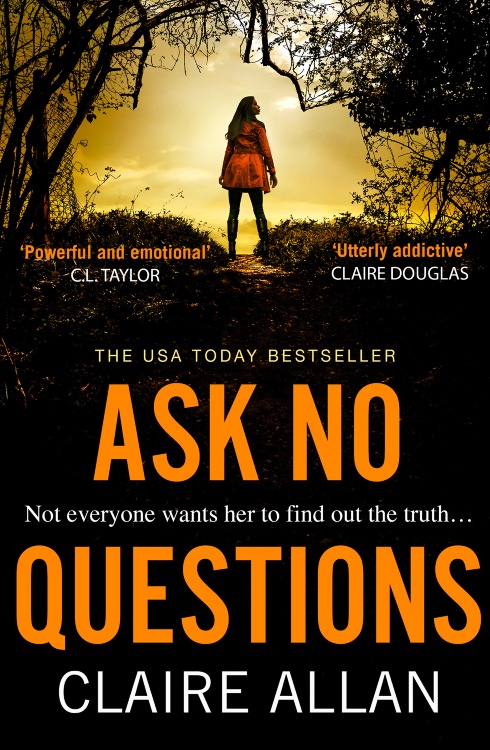
Writing a compelling psychological thriller can seem very daunting when staring at a blank screen. In fact, when I stare at the blank screen as I start each and every new book, I feel daunted.
Getting the story just right is key. Every book starts with the seed of an idea. For me, that often comes in the form of a first line that pops into my head, or an image I can’t shake. It will follow me around until I can’t ignore it any more.
From that point I find the next thing I have to do to get to know my characters intimately. So before I put pen to paper I write biographies of my key players. It’s important when writing a good thriller that my characters are fully rounded, imperfect and individual. Getting a solid idea of who I’m writing helps me avoid falling into stereotypes and tropes.
Once this ground work is done, it’s time to get to the grit of the story and this is probably the scariest part.
A concept is easy. (My new book Ask No Questions – started with ‘journalist looks at old murder case. Someone tries to stop her). A sustainable, believable and original 90,000 word story is daunting to even the most experienced and skilled writer.
It’s reassuring to learn that while each story is original, there are certain key markers that all story structures have.
Each story starts with exposition. Here we introduce readers to our characters, our setting and hint at the difficulties to come. With a thriller, a strong start is important. You want to grab your readers from the first line.
Tension is probably the most important thing to get just right when writing thrillers. In fact, I tend to keep a post-it on my computer with the word TENSION written in bold letters.. Every chapter should contain enough dramatic tension until it becomes almost unbearable for the reader – but deliciously fun for the writer.
This is where we get to drop all those little clues, and red herrings. We get to play with the reader and tie them up in knots as well leading those characters we know so well into danger.
And once we have them in danger, we like to put them in even more danger – often while lulling those same characters into a false sense of security. Think of it like the classic scene in the movie when the bad guy seems to have been felled and the hero celebrates, only to glance back to where the body had been lying to find it is gone.
From the momentary drop in tension, we are back on high alert. A good thriller should offer that same rollercoaster ride.
Resolution can look different to everyone, but the main thing to consider when writing a crime novel is giving the reader a sense of justice – and of good overcoming evil.
Both the reader and the writer should sigh with relief when they finish that last line.

Ask No Questions by Claire Allan is out now.
RELATED: Seven of the best books to come out in 2021 so far!

